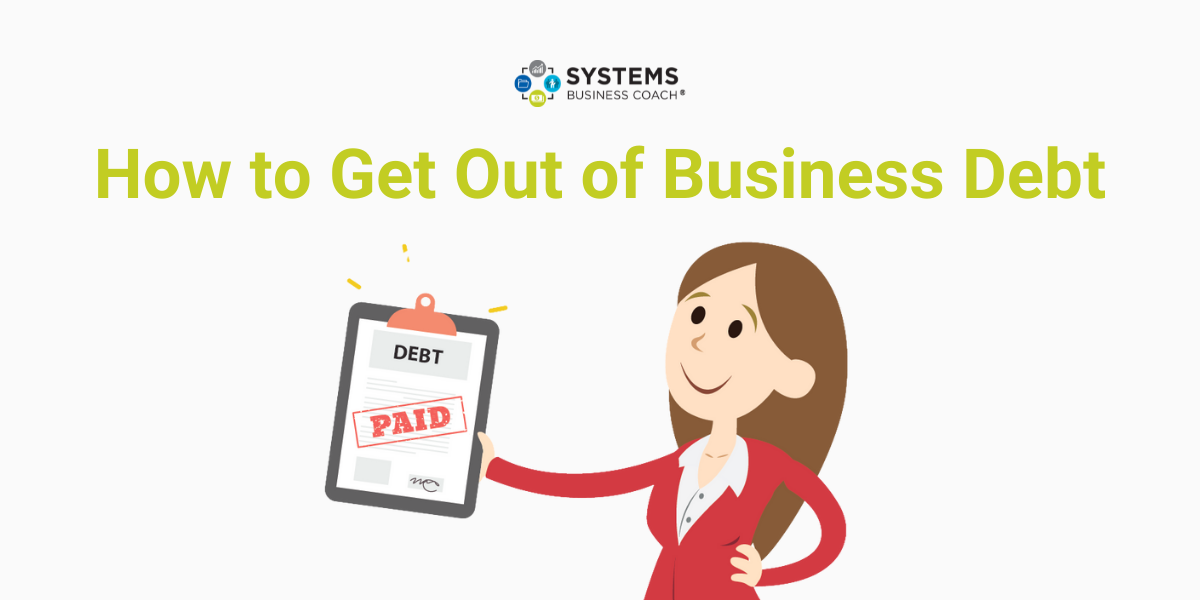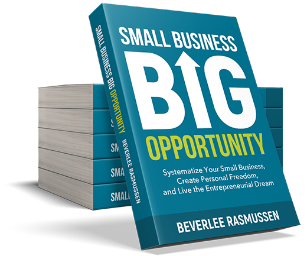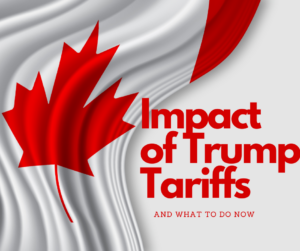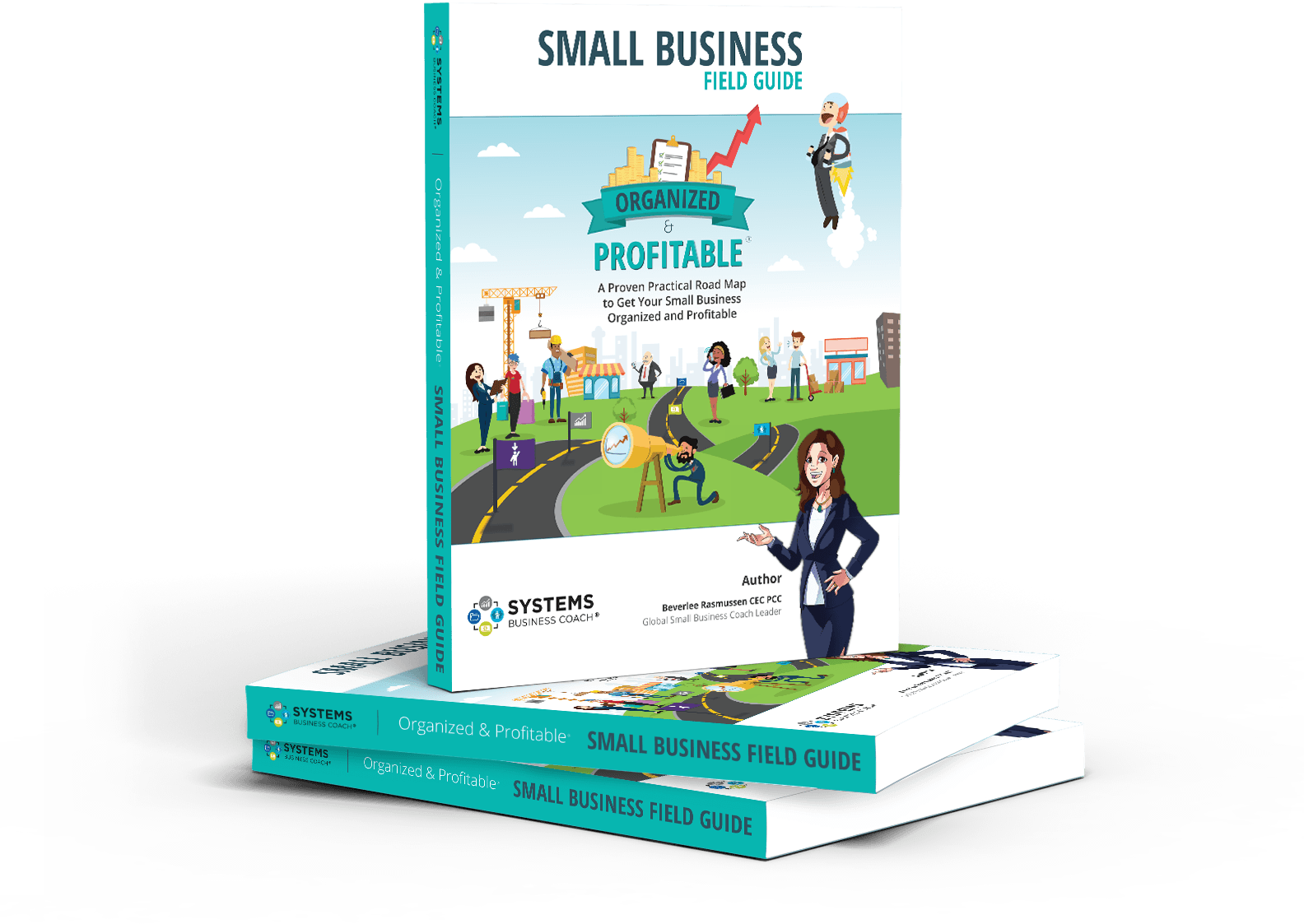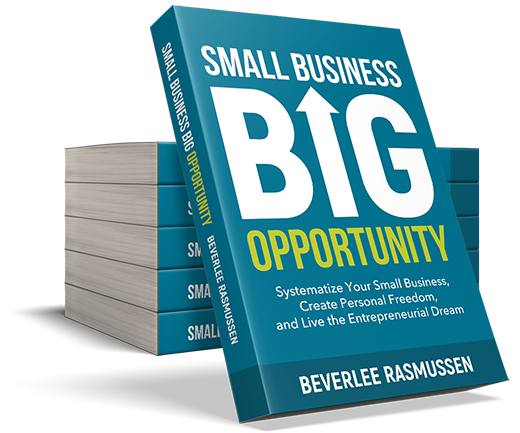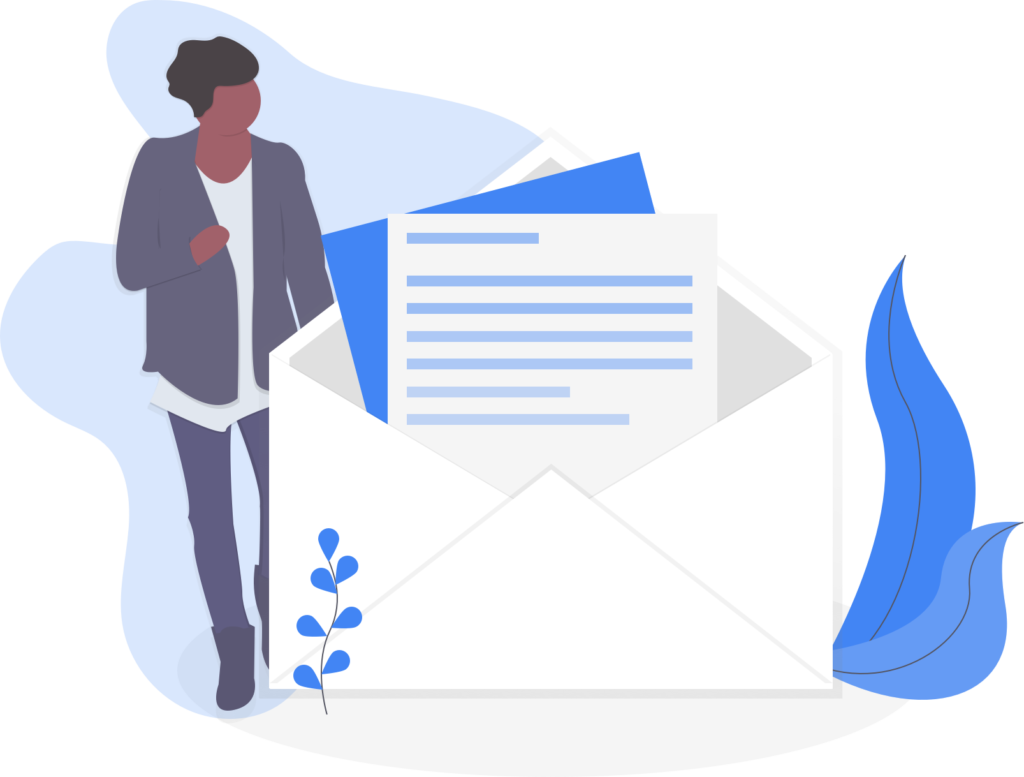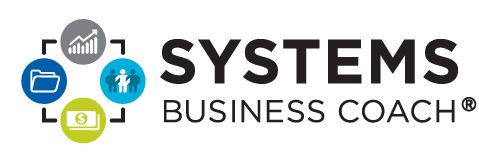Ever wake up in the middle of the night worried about business debt?
Having too much bad debt in a business is way too common and is “THE” primary reason why a business fails.
While it is rare for a small business owner to start and run a company without ever having to incur any debt, there are ways to avoid, reduce and eliminate the debt and the associated stress.
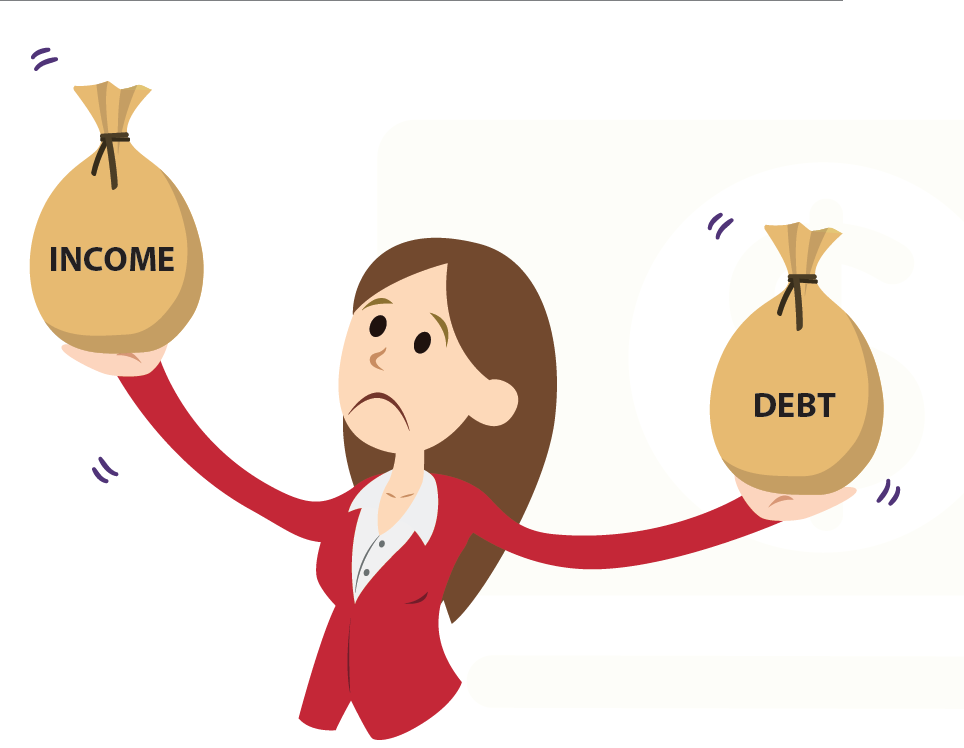
It is essential to understand what debt is and how to use it to your advantage.
Equally and as important, are how to manage the debt you already have and to create a plan to become “bad” debt-free.
Types of debt
First, there is a difference in business between good debt and bad debt.
Examples of good debt would be you taking out a commercial mortgage to purchase the building you work from or debt incurred to purchase a new piece of equipment that you know will bring in revenue for years to come.
Bad debt is money owed on credit cards spent to purchase goods or services that were not absolutely essential to running your company.
Bad debt is tricky to avoid as it seems in the moment that every purchase is essential.
When you borrow money for purchases that quickly lose their value or do not have the possibility to create income, that is considered bad debt.
A good example would be making a bulk purchase of office supplies that are “on-sale”, charged to a credit card that you can’t immediately pay off or to a line of credit.
Don’t need it don’t buy it
To avoid bad debt, could it be as simple as, “if you can’t afford it and you don’t need it right now, don’t buy it?”
I don’t think so.
You are busy and things in a small business environment are all urgent so there is little time to evaluate purchases. There is little time to negotiate leases and loans or to find grants. No time to know if you are getting the best deal from your suppliers.
Things cost more when you are busy.
The cost of “NO TIME” is way more than you might think.
Step back and save
I worked with the owner of a small manufacturing company that was on the brink of losing her home due to debt. Turns out she was paying 50% more for rent than she should have been. We are talking $5000.00 a month too much!!
She didn’t know. This was her first business and she trusted her landlord. She loved the space and figured (in her mind and not on a spreadsheet) that she could handle it.
For her, it was painful and shameful to share her financial failure with anyone. These feelings contribute to why most small business owners wait so long before reaching out for help.
Another client didn’t realize he was paying 27% interest on his business credit card. It was costing him more in interest than he was making in profit every month. That is when things really start going sideways.
When debt raises, profit drops or disappears altogether.
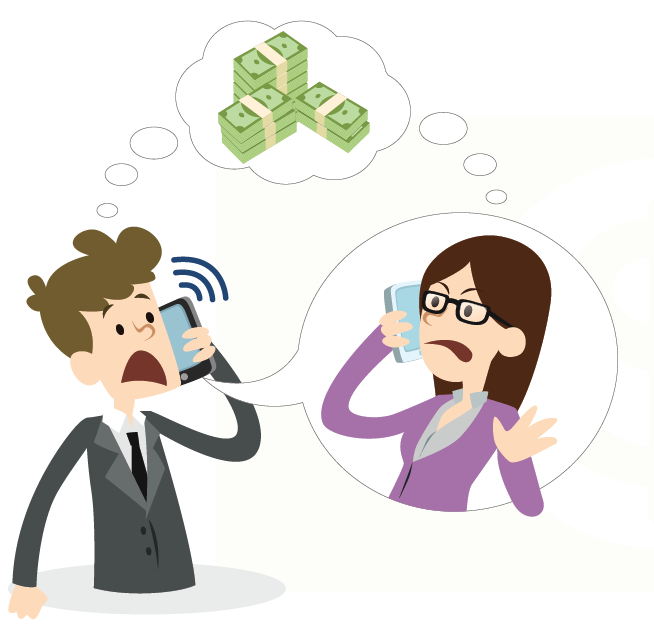
Evaluate purchases
To get and stay out of debt, only purchase what is absolutely needed. Get creative to acquire things you need without going into debt.
This could include buying used, renting or leasing equipment or finding other ways to do what is needed without the desired purchase.
I like the advice I was given when I first went into business; ask yourself, is this is a “nice to have” or a “has to have”?
- Beware of the car dealer offering you a deal on bright shiny new trucks when you don’t absolutely need them. Those trucks will look dirty in no time and can be a financial burden crushing your chances to be profitable in the future.
- Delay a purchase for as long as possible if your only option is putting it on credit.
- Consider repair before replacement or just going without for a time until you have the funds to pay now.
- Review your income statement every single month looking for patterns of what you are spending your money on.
Paying down debt
The goal is to reduce or eliminate credit card interest payments as a first priority!
First, understand how you got here. Map it out so that you know EXACTLY what caused you to have to borrow in the first place.
What needs to change?
What decisions do you need to make?
Consider new systems, tighter controls, and get help in identifying the key performance indicators that will keep you profitable moving forward.
If applicable, do a home budget to determine how much you need to live on.
Your business needs your money but you probably do too!
If you have been living on air then something in your business model needs to be adjusted.
Make a list of ALL your debt. Include current balance and interest rate. Aim to pay off the highest interest rate cards first.
Some options to reduce interest rates on business credit cards are to simply ask the card provider to lower it or to find a new card with a lower rate and switch the balance.
The goal here is to be able to run your business and pay your credit card balances in full each month.
Check your credit
A good credit score can qualify you for larger loan amounts at lower rates. If you have a poor or no credit score you could be denied that loan or pay a huge premium on interest.
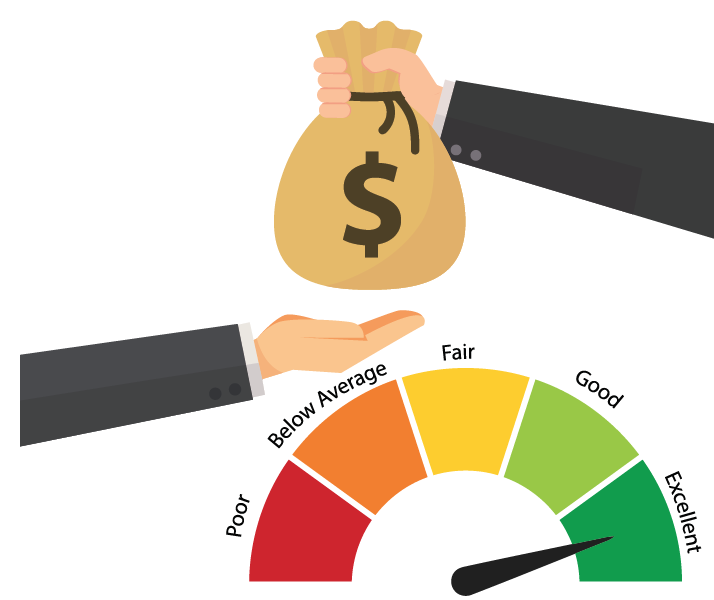
Review your credit report through your online banking or private credit score app often. Ensure that there are not any unresolved credit issues with former lenders or worse, someone using your good credit fraudulently.
An ideal credit score is 760 or above.
Finally, cut yourself some slack. Debt is one problem you can do something about. Starting today, you can begin to create a profitable business model. With a little time and effort, you can be completely bad debt-free.
Until next time! Enjoy your Entrepreneurial Journey!


